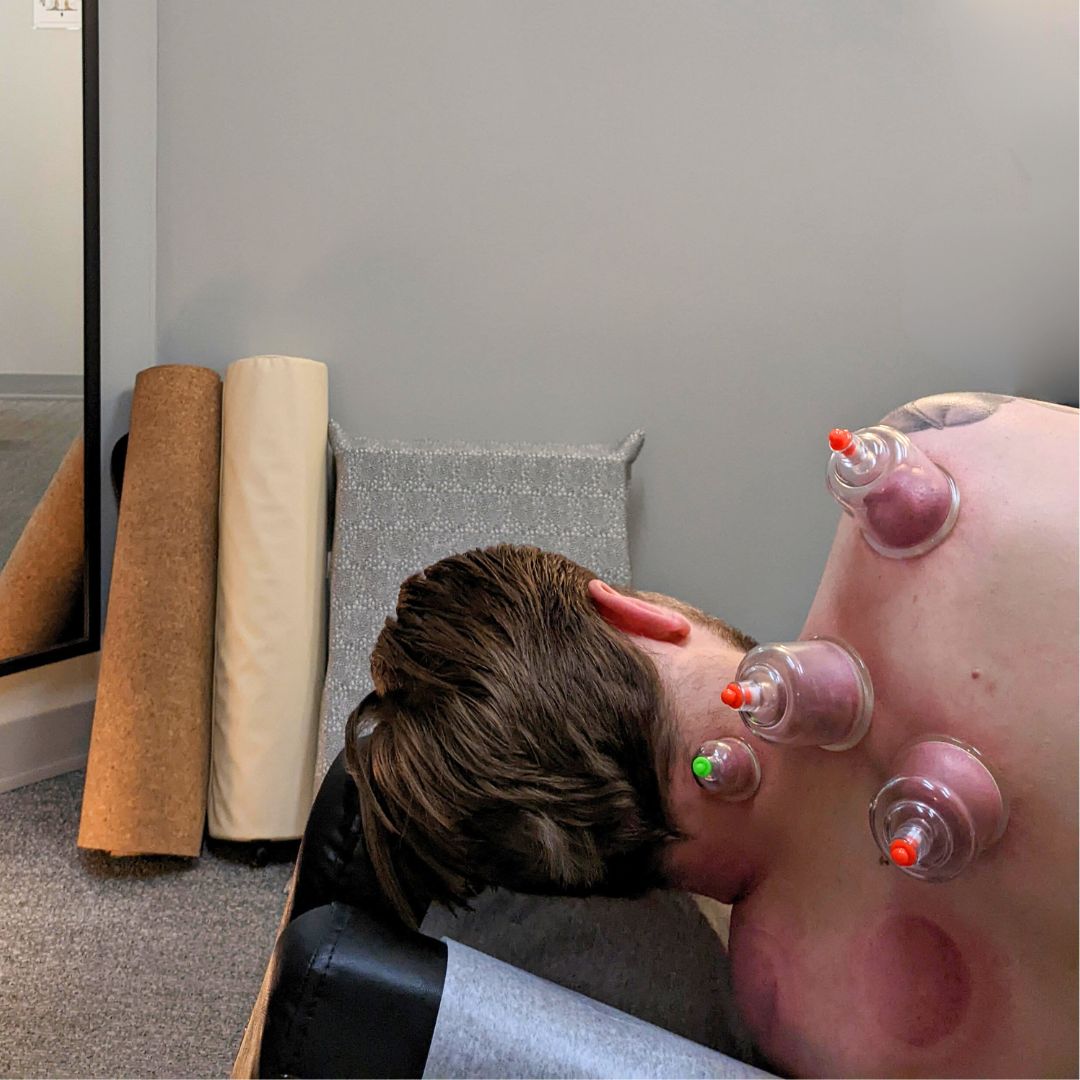Myofascial Decompression (MFD) is a treatment that combines scientific understanding of fascia and fascial systems with modern therapeutic approaches. MFD differs from traditional cupping therapy; so let us dive into how it works and how it differs.
Understanding Fascia and Its Importance
Fascia is a complex connective tissue network that surrounds and interpenetrates every muscle, bone, nerve, artery, vein, and organ in your body. Research has revealed that fascia is not just a passive wrapping, but rather a dynamic tissue that:
- Contains numerous sensory receptors (can create pain)
- Plays a crucial role in force transmission
- Influences movement patterns and coordination
- Contributes to proprioception (body awareness)
- Responds to mechanical stimulation, such as MFD
What is Myofascial Decompression?
Myofascial Decompression is a sophisticated treatment that specifically targets the fascial system through negative pressure techniques combined with strategic movement and manual therapy. Research has shown that mechanical stimulation of fascia can lead to:
- Increased fibroblast activity (cells that help repair and maintain fascial tissue)
- Enhanced hydration of fascial layers
- Improved collagen reorganization
- Better sliding between fascial layers
The Science Behind MFD
Recent studies on fascial mechanotransduction (how cells respond to mechanical forces) have shown that:
- Controlled mechanical stress can stimulate tissue repair
- Negative pressure (decompression) can enhance blood flow and cellular activity
- Movement combined with decompression may improve fascial elasticity
- Proper stimulation can help reset dysfunctional movement patterns
How MFD Differs from Traditional Cupping
While traditional cupping typically is based in thousands of years of alternative healing and movement of Qi and blood stagnation, MFD is based on contemporary understanding of fascial science:
- Dynamic Movement Integration: Active movement during treatment enhances fascial change
- Neurofascial Communication: Targets the connection between fascia and the nervous system
- Precision Application: Cups are placed along fascial lines and movement chains
- Evidence-Based Approach: Treatment protocols are based on current fascial research
The Power of Neuromuscular Re-education
MFD excels in neuromuscular re-education (exercises post-treatment) by:
- Stimulating fascial mechanoreceptors
- Enhancing proprioceptive feedback
- Resetting dysfunctional movement patterns
- Improving fascial sliding and gliding mechanisms
Fascial Benefits and Treatment Outcomes
Research-supported benefits of MFD include:
- Enhanced fascial health and hydration
- Improved collagen fiber organization
- Reduced adhesions between tissue layers
- Improved lymphatic drainage
- Enhanced cellular repair processes
The Future of Fascial Treatment
As research continues to reveal the importance of fascia health, MFD stands at the forefront of modern therapeutic approaches. By combining traditional wisdom with modern science, we can provide effective, evidence-based care for our patients. If you’d like to book an appointment with me that incorporates MFD, click HERE!





